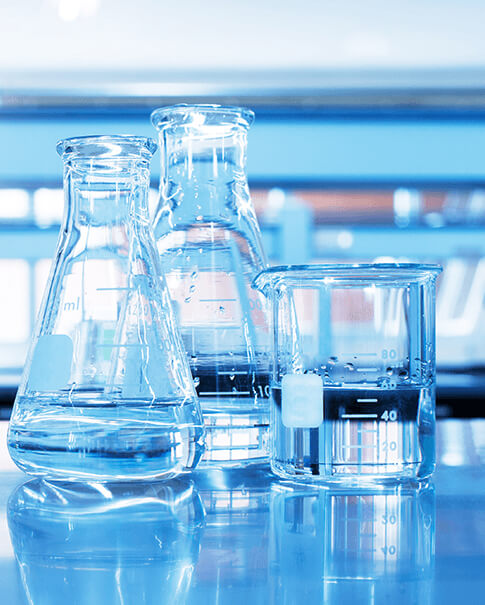
Technical specifications of PAM
Jun 14, 2023The technical indicators of polyacrylamide are generally molecular weight, hydrolysis degree, ionic degree, viscosity, residual monomer content, etc., so the quality of PAM can also be judged from these indicators!
1. Molecular weight
The molecular weight of PAM is very high and has been greatly improved in recent years. The molecular weight of PAM used in the 1970s was generally in the millions; After the 1980s, the molecular weight of most efficient PAM was more than 15 million, and some reached 20 million. Each of these PAM molecules is polymerized from more than 100,000 acrylamide or sodium acrylate molecules (the molecular weight of acrylamide is 71, and the molecular weight of PAM containing 100,000 monomers is 7.1 million). In general, the flocculation performance of PAM with high molecular weight is better, the molecular weight of acrylamide is 71, and the molecular weight of PAM with 100,000 monomers is 7.1 million. The molecular weight of polyacrylamide and its derivatives ranges from hundreds of thousands to more than 10 million, and can be divided into low molecular weight (less than 1 million), medium molecular weight (1 million to 10 million), high molecular weight (10 million to 15 million), and ultra-molecular weight (more than 15 million) according to molecular weight.
The molecular weight of polymer organic matter, even in the same product is not completely uniform, the nominal molecular weight is its average.
2, Degree of hydrolysis and ionic degree
The ionic degree of PAM has a great impact on its use effect, but its appropriate value depends on the type and nature of the material being treated, and there will be different optimal values in different cases. If the ionic strength of the material being treated is high (containing more inorganic substances), the ionic degree of PAM used should be higher, and conversely, it should be lower. In general, the degree of anion is called the degree of hydrolysis. The ionic degree generally refers to the cation.
Ionicity =n/(m+n)*100%
The PAM produced in the early stage was polymerized from a monomer of polyacrylamide, which originally did not contain the -COONa group. Before use, NaOH should be added first to heat, so that part of the -CONH2 group hydrolyzed to -COONa, the reaction is as follows:
-CONH2 + NaOH -→ -Coona + NH3↑ Ammonia gas is emitted during hydrolysis. The proportion of amide group hydrolysis in PAM is called the degree of hydrolysis of PAM, which is the degree of anion. The use of this kind of PAM is not convenient, and the performance is poor (heating hydrolysis will make the molecular weight and performance of PAM significantly decreased), and it has been rarely used after the 1980s.
Modern production of PAM has a variety of different anionic products, the user can choose the appropriate variety according to the needs and through the actual test, do not need to hydrolysis, after dissolution can be used. However, due to customary reasons, some people still refer to the dissolution process of the flocculant as hydrolysis. It should be noted that the meaning of hydrolysis is to add water to decompose, is a chemical reaction, the hydrolysis of PAM has ammonia gas release; Dissolution is only a physical action, no chemical reaction. The two are different in nature and should not be confused.
3, Residual monomer content
The residual monomer content of PAM refers to the content of acrylamide monomer in the process of polymerization of acrylamide to polyacrylamide, which is not completely reacted and ultimately remains in the polyacrylamide product, and is an important parameter to measure whether it is suitable for the food industry. Polyacrylamide is non-toxic, but acrylamide has some toxicity. In industrial polyacrylamide, it is inevitable that trace amounts of unpolymerized acrylamide monomer remain. Therefore, the residual monomer content in PAM products must be strictly controlled. International regulations stipulate that the residual monomer content of PAM used in drinking water and food industry does not exceed 0.05%. The value of famous foreign products is lower than 0.03%.
4. Viscosity
PAM solution is very viscous. The solution viscosity of PAM with higher molecular weight is greater. This is because PAM macromolecules are long, thin chains that have great resistance to moving in solution. The essence of viscosity is to reflect the size of the friction force in the solution, also known as the internal friction coefficient. The viscosity of the solution of all kinds of polymer organic matter is high, and increases with the increase of molecular weight. A method to determine the molecular weight of polymer organic matter is to determine the viscosity of a certain concentration of solution under certain conditions, and then calculate its molecular weight according to a certain formula, called "viscosity average molecular weight".